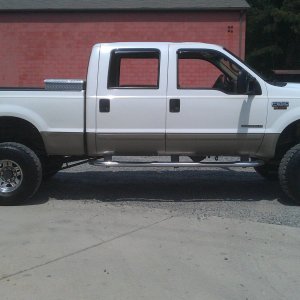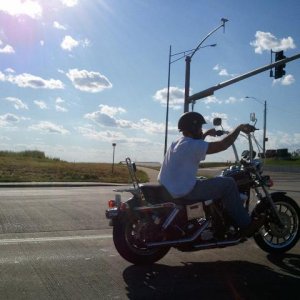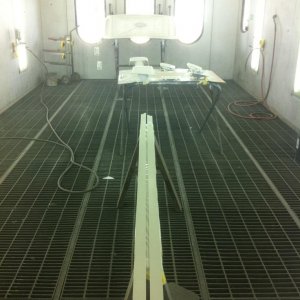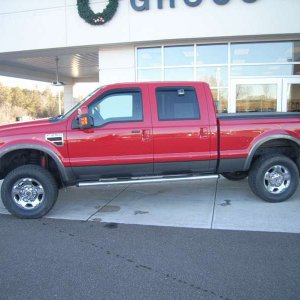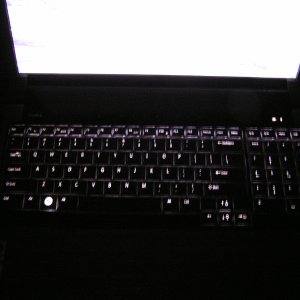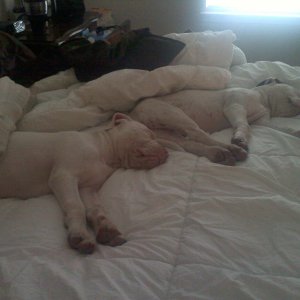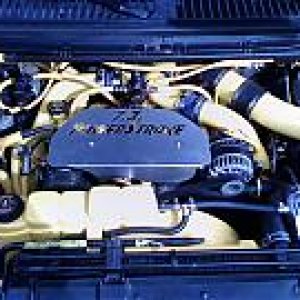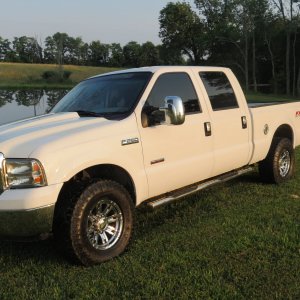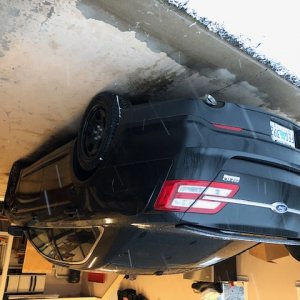I guess that picking 40 degrees matches other commercial joints so if you just picked it arbitrarily (and since I don't know you) then I suppose I have to take your word. I didn't find any tell-tale signs of a calibration denotation or a "copyright" placed in the binary so it either started out stock or was "ff" 'd out in a hex editor.
I don't know what your latitude is and I don' t know what the weather is like where you are but in the dead of winter here with 15/40 oil, I need way more than 60 degrees to get a decent (perfect) start and warm-up. I had put up a video from last winter here with 200% nozzles at 10 degrees (but it was late morning and it was -6 overnight and below zero most nights) with a pickup that hadn't been started in a week. Some may remember that.
There are only two reasons to ever clamp that value at anything other than where it is stock: (1.) A person has no idea what they're doing when modifying a map and (2.) Is scared to change any of the mapping that has existed since 2001 because it works. Both reasons typically go together and could be classified as the one reason. Maybe where you're at you don't need to accommodate highly viscous oil so you'd never know the difference of stock vs. clamped.
I'm no expert. I do this as little as possible anymore since I realized that nobody is ever happy (the same reason I started doing this in 2008 because I wasn't happy) and that a few people out there are unscrupulous thieves who just want to copy/paste others' work. I'll occasionally write a calibration or two for someone in need who is experiencing issues with others' tuning just to lend a hand but I'm very picky about who gets it and with whom that person may be in cahoots.
Thanks for the input. I will be doing more testing this winter to get cold starts/idle on point. The timing maps are calculated.. could I do better? Yes.. that's why I'm here. To hopefully find faults in my calibrations and correct them. As you probably noticed, the SOI offset is essentially just a VCABO map. I haven't played with it much, but I will add some cold SOI and see where it goes.
I have a calculator (same one you have I imagine) as I am not smart enough to just know off the top of my head what rpm vs injection window and and degrees vs miliseconds at given rpm.
Most everyone around here runs 5w40 year round. I have found better starts with said oil vs 15w40 or 10w30. (Which I do not recommend)
The reason you don't see signs of copying another's file is, I didnt. Have I see files from other tuners? Yeah. I'm sure most that have been doing this for any time have. But I certainly respect the privacy and work those men and women have put into their work.
If you don't mind, I will pm you sometime I have a few questions you might be able to answer, if you feel so inclined.

